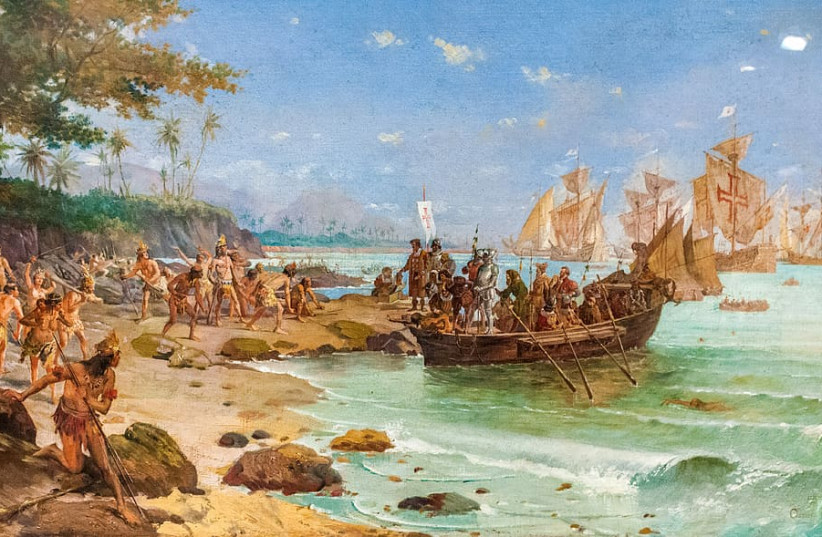Archaeologists have discovered the remains of a disabled teenage girl in Brazil, according to a Newsweek article from last week.
The remains were uncovered at the Toca do Olho d'Água das Andorinhas excavation site in Serra das Confusões National Park. The park is in the east-central region of Brazil.
The teenager suffered from a spinal disorder called spina bifida. According to the Centers for Disease Control (CDC), spina bifida is a spinal condition that is typically apparent at birth. It’s a kind of neural tube defect that is the result of a point along the spine where the neural tube is not fully closed.
The CDC describes that the disorder can result in mild to severe physical and intellectual disability depending on “the size and location of the opening in the spine [and] whether part of the spinal cord and nerves are affected.”
"In her case, it was a very severe form of the disease,” Tomé explains. “It's quite likely that she was unable to walk, thus meaning that she would have to be taken care of by the remaining people of her group."

The girl survived her teenage years indicating to researchers that her community took care of her.
"This shows us that the notions we hold today surrounding the care for disabled people are not only not exclusive to our time, nor to Western societies. Indigenous peoples in Brazil were displaying that same behavior before the arrival of colonialism," said Tomé.
The age of the girl’s skeleton is unknown
While scientists have determined that the remains of the disabled teen are several hundred years old, they as of yet know little more regarding when the girl died.
"We still have no absolute dating for this finding,” Tiago Tomé, one of the researchers on the project, told Newsweek. “What we know is that it must be previous to the arrival of European colonization in that region.”
Colonization of the region, according to the researchers, began occurring roughly 300-350 years ago. The beginning of the first colonial efforts in Brazil occurred after Portuguese explorer Pedro Alvares Cabral arrived there in 1500.
"She may be quite ancient, indeed, but we have no way of telling for now, since we are still waiting for the radiocarbon dating results," Tomé said to Newsweek. "In short, we know she must be older than 300 years, but how much older, we have yet to determine.”
Also found with the remains were the skull of a tapir and a bracelet the girl was found to have worn. The bracelet appeared to have been made with somewhere around 1000 little beads, most likely made of seeds.
